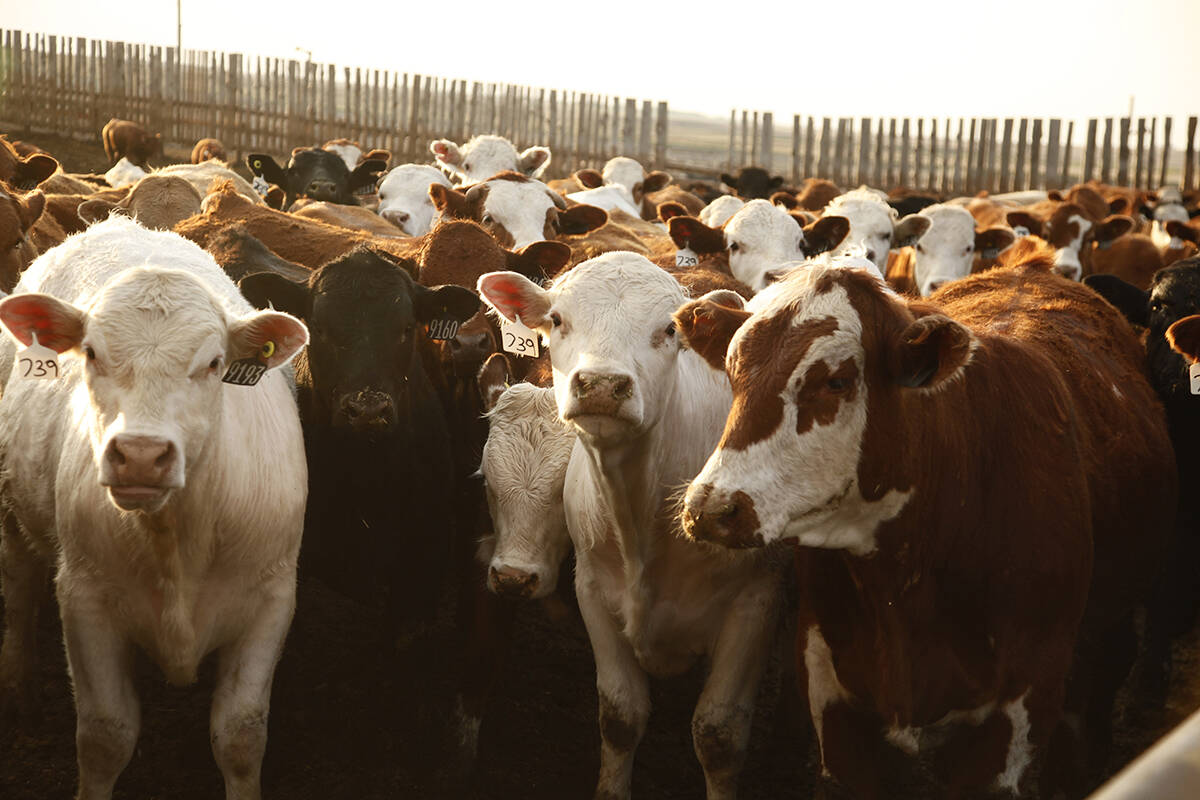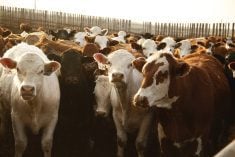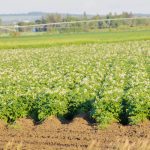BANFF, Alta. – Osteochondrosis, a leading cause of lameness in growing pigs, has been known for nearly 100 years yet continues to confound the swine industry.
Even with modern animal care and nutrition, the condition persists, said swine specialist Tom Crenshaw of the University of Wisconsin.
“All the changes that we made in housing, in genetics, the advances in nutrition and we are still dealing with the problem, so I don’t think it is wise of us to blame one single issue on this,” he said at the Banff Pork Seminar Jan. 18.
Read Also

Canada’s simplified BSE testing program shows good uptake
Going by the number of submitted material samples so far, cattle producers’ response so far to an updated national surveillance program for BSE is encouraging for Canada’s CFIA.
Osteochondrosis is a non-infectious problem in the growth plates or cartilage regions at the joints. As the disease progresses, cartilage may be lost. Thin cartilage means the animal is in pain and not willing to walk
A Danish study reported that of 72 percent of sows culled for locomotive disorders, a quarter of them had various forms of arthritis and nearly 20 percent had broken bones.
Pork carcasses must be trimmed when joint defects are present. But trimming elbows, hocks and stifle joints can damage valuable cuts, which must then be sold as low value trim rather than as high value pieces.
Osteochondrosis can lead to osteoarthritis and is found in humans, swine, horse, poultry and some dog breeds. Lesions are more obvious during growth periods.
Osteoarthritis leads to calcified tissues surrounding the joint with excessive mineralization of bone. It can distort joint surfaces. Inflammatory arthritis causes inflammation of the joint capsule and there may be an accumulation of synovial fluid, blood or fibrin present.
Organisms may accumulate in the area and cause infections. Cartilage is not disrupted.
Osteoporosis is thinning of the bones and may cause spontaneous fractures. It is common in mature
animals.
Numerous possible factors contributing to osteochondrosis have been explored and no particular trigger appears obvious.
“We do not have a good diagnostic tool to look at an animal and know that osteochondrosis is actually a problem for the animal,” Crenshaw said.
It does not appear be highly heritable.
He wonders if vaccine programs contribute where immune responses may set up joint problems. This theory has not been explored with research.
Researchers have also looked at nutrition and housing but these seldom present the full solution. Housing indoors or outdoors does not seem to make a difference.
“Pigs can adapt to a lot of different housing environments,” he said.
Nutrients needed for bone growth like calcium, phosphorus and vitamin D as well as trace elements have been studied with no definitive answers.
Studies have also looked at whether slower growth may improve bone integrity but there is no strong evidence proving slowed growth helped. Also, most farmers are reluctant to slow growth rates of poultry or swine.
There are assumptions that rough handling of piglets could lead to an increased risk of osteochondrosis.
Trauma from rough handling, mixing of social groups, poor flooring or picking up small pigs by the back legs could be another contributing factor.
Some research shows one injury can lead to joint lesions later in life.
Other researchers have monitored stocking rates and flooring where feet get caught and legs are pulled, again with no firm results.















